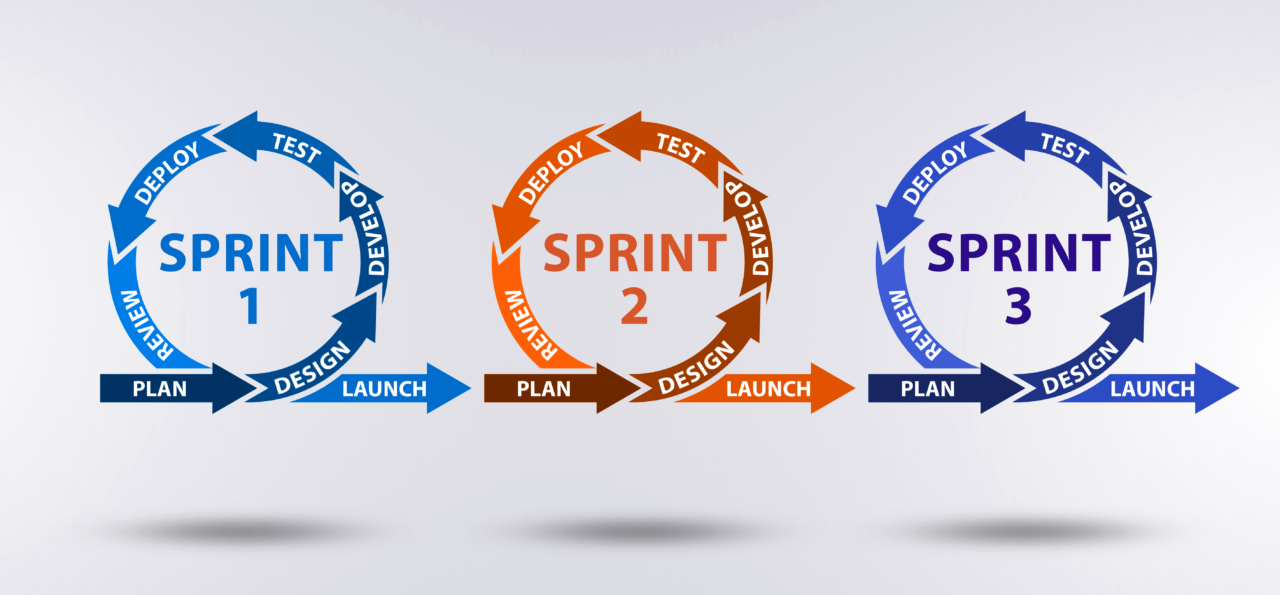You'll hear the word "DevOps" everywhere these days. DevOps may appear to be a rather simple concept at first glance. Isn't the term "DevOps" merely a mix of "Dev" and "Ops"? Yes, of course. But let's go a little deeper into that... DevOps is, at its core, about bringing together historically different functional domains, much like the phrase itself. It entails "bridging the gap" between software development ("Dev") and IT operations ("Ops") teams, or "removing silos between" them, with the goal of releasing software faster and more reliably.
However, since its inception roughly a decade ago, DevOps has become a catchall term for any and all trends in software development and IT operations. It's understandable, given that DevOps is still expanding, covers a wide range of topics, and is changed and accepted based on a company's individual business objectives, priorities, and current knowledge base. We'll attempt to present our own principle-based description of what DevOps is at the end of this article, but before we do, it's helpful to explore what DevOps is NOT, debunking some of the prevalent misconceptions about DevOps.
The ultimate goal of DevOps is to decrease the duration of the system’s development life cycle while delivering features, fixes, and updates frequently in close synchronization with business objectives.
Before DevOps, We had two approaches for software development namely the Waterfall and the Agile.
Waterfall Model

This strategy begins with the gathering and analysis of requirements. The first one these stages being Requirements. This is the stage in which you obtain the client's requirements for constructing an application. After that, you try to figure out what these needs are.
The Design phase is the following step, in which you create a software plan. Here, you consider how the software will appear in its final form.
Once the design is complete, you can go on to the Implementation step, where you will begin developing the programme. The development team collaborates on several aspects of the application.
In the Verification step, you test the application once it has been developed. The application is subjected to a variety of tests, including unit testing, integration testing, and performance testing.
Finally, there's the phase of maintenance. The application's performance is monitored throughout this period.
Agile Methodology

In Agile, a employer releases the software with a few excessive-precedence functions within the first iteration. After its launch, the cease-users or the customers give you comments approximately the overall performance of the application. then you definitely make the essential adjustments to the software in conjunction with a few new capabilities and the software is again released which is the second one new release. You repeat this complete method till you reap the preferred software program exceptionally.
Who is a DevOps Engineer?
DevOps Engineer is somebody who understands the Software Development Lifecycle and has the outright understanding of various automation tools for developing digital pipelines (CI/ CD pipelines).
DevOps Engineer works with developers and the IT staff to oversee the code releases. They are either developers who get interested in deployment and network operations or sysadmins who have a passion for scripting and coding and move into the development side where they can improve the planning of test and deployment.
Useful articles
How to become a Devops engineer?
Hope this post has been able to add value to your knowledge.
Until next time, Abhiraj
If you like my posts, you can support me by buying me a coffee.


